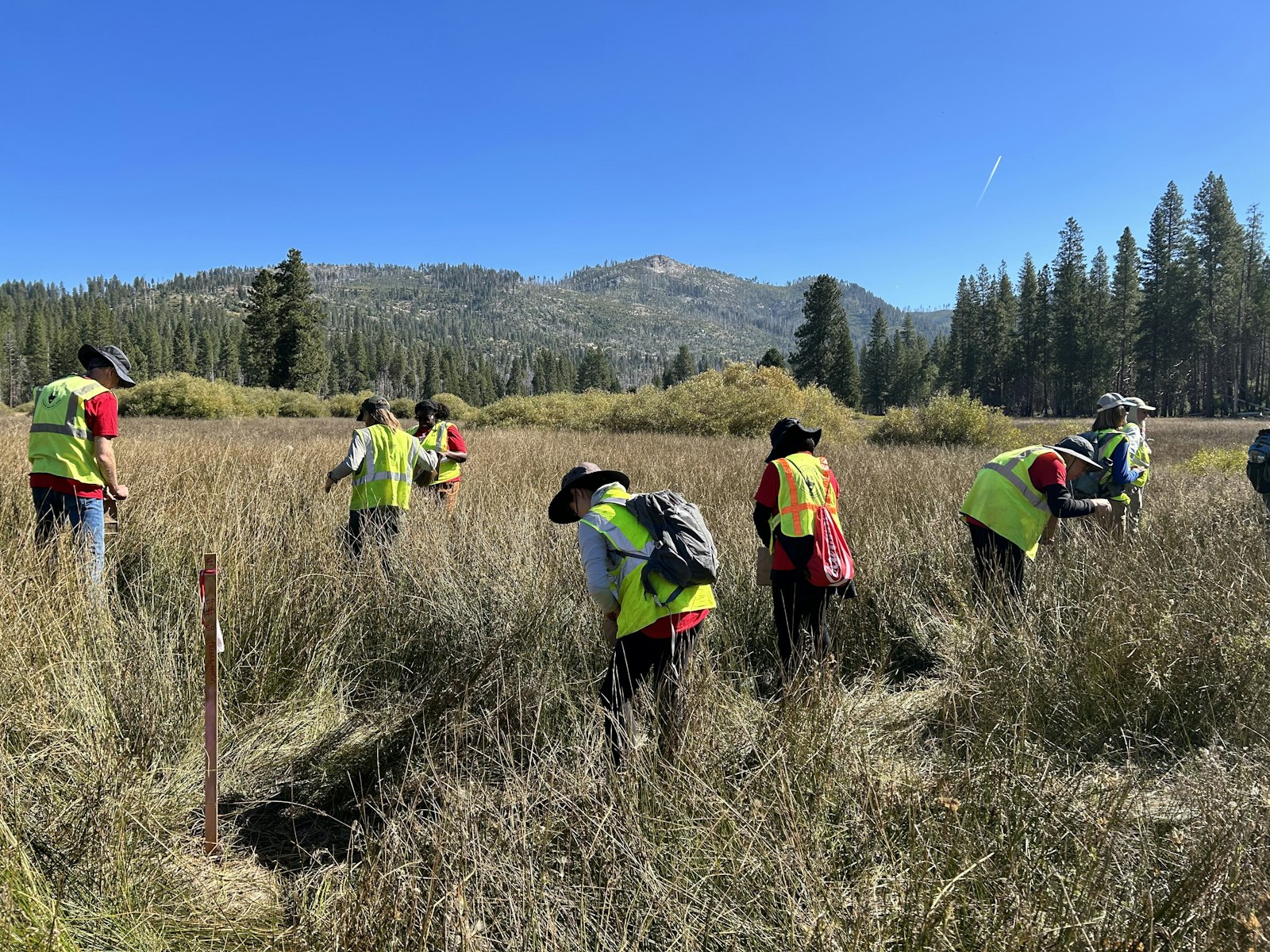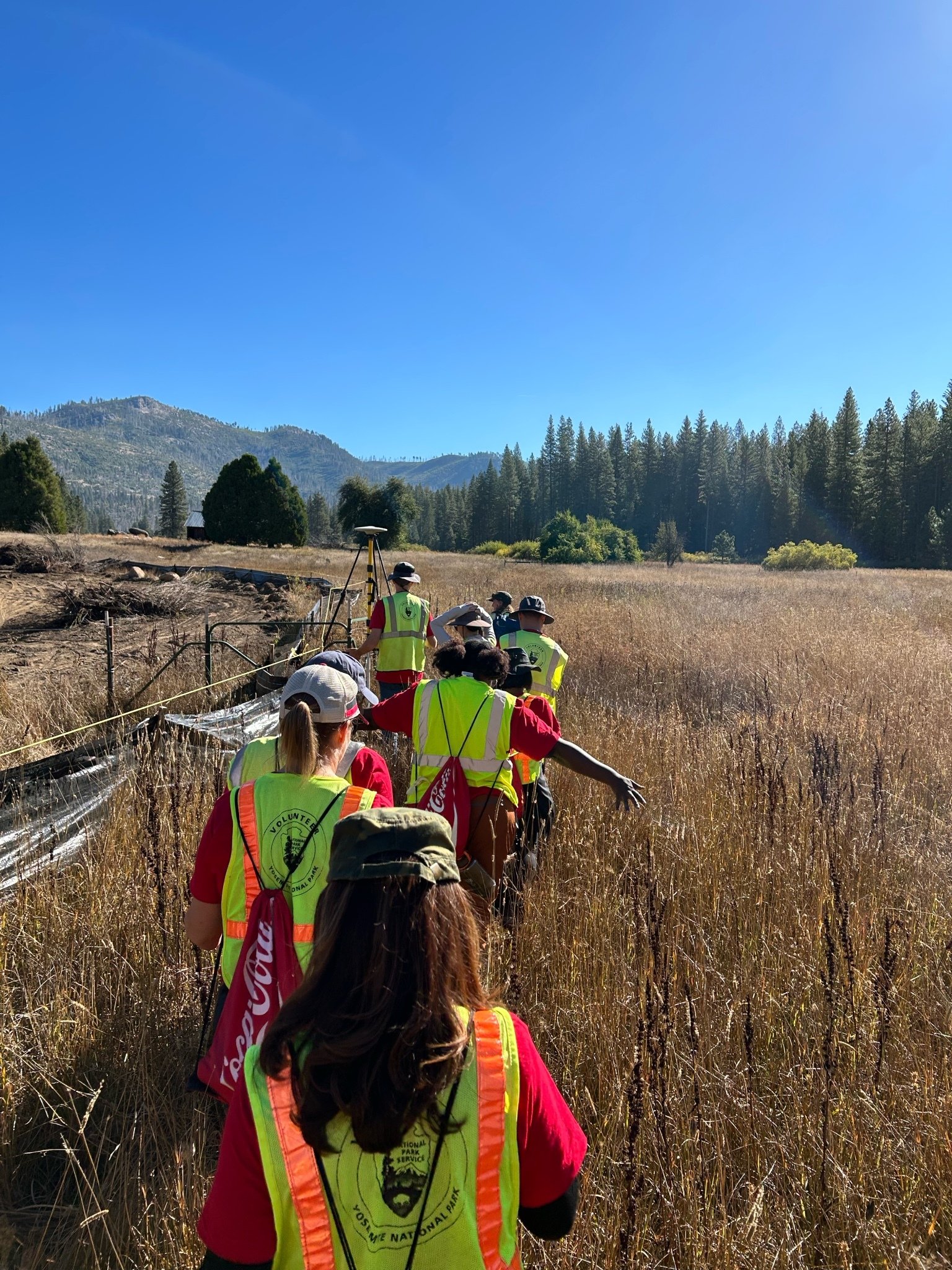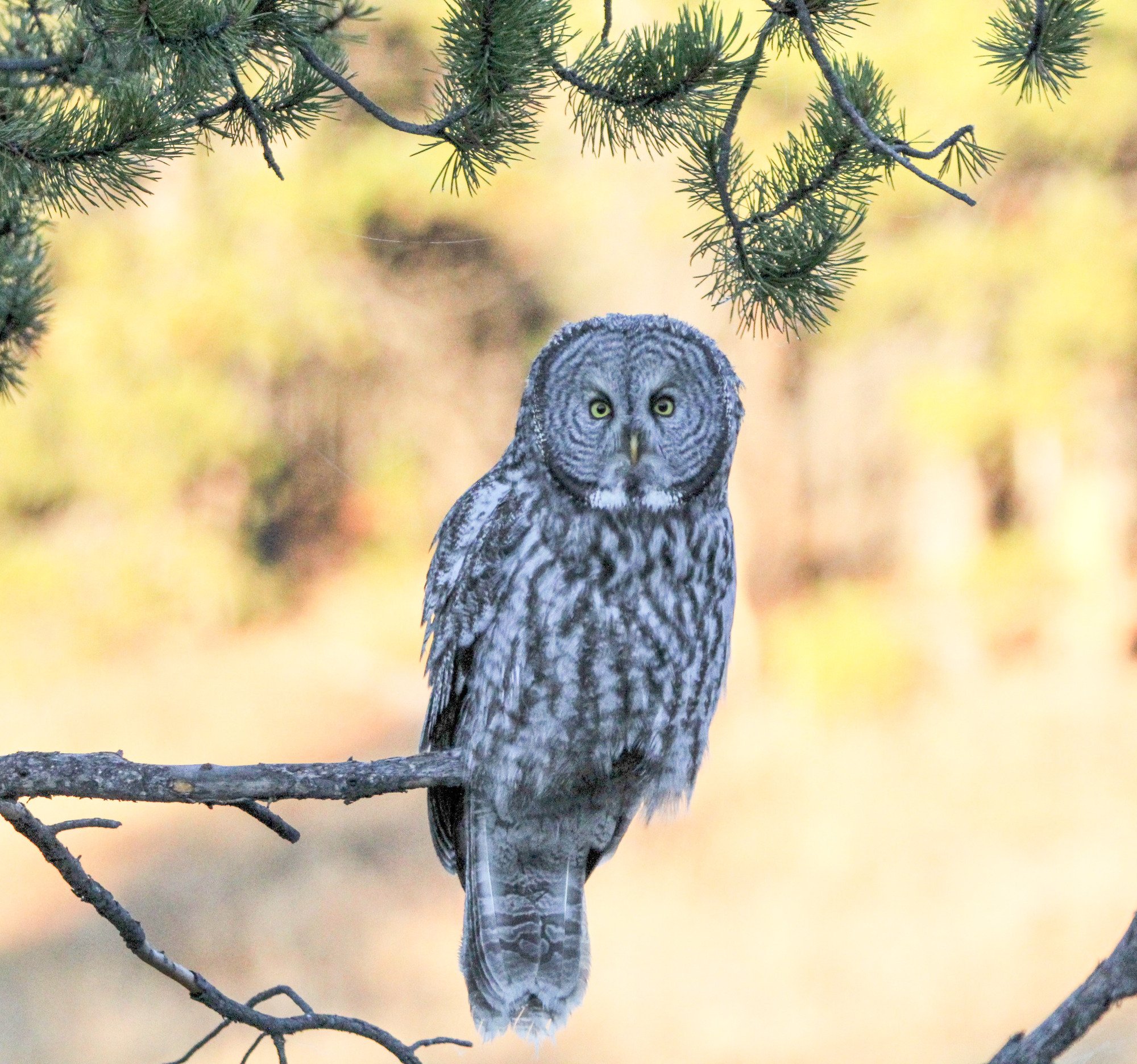

.
.
The National Park Foundation (NPF) is supporting Yosemite National Park to restore Ackerson Meadow, a 230-acre ecologically important mid-elevation wet meadow. This large-scale wetland restoration initiative marks a crucial step in preserving and enhancing a critical wildlife corridor, restoring a functional headwater meadow system, and providing carbon sequestration and climate resiliency benefits.
This endeavor aims to restore 90 acres of lost wetland and protect 100 acres of threatened wetland, making it the most extensive wetland restoration project in Yosemite’s history and the largest restoration project, by fill volume, in the Sierra Nevada region to date. This comprehensive restoration effort is led by American Rivers, Stanislaus National Forest, Yosemite Conservancy, and Yosemite National Park.
Grant funding from NPF, with generous support from The Coca-Cola Foundation, The Coca-Cola Company, and Stericycle, will play a pivotal role in the propagation and delivery of 425,000 wetland plants. Spearheaded by Yosemite Conservancy, the propagation and delivery of these wetland plants are imperative to establish the long-term, self-sustaining post-restoration landscape. The Ackerson Meadow restoration project began work in summer of 2023 and will take two years to complete, aided by funding from multiple federal agencies, nonprofits, foundations, and the state of California to achieve this monumental restoration feat.
Restoration Efforts

Ackerson Meadow was privately owned for over a century, and open to ranching, until NPF’s Land Conservation program and a coalition of partners including Trust for Public Land and Yosemite Conservancy raised the funds necessary to acquire it and donate it to NPS in 2016. NPF’s Land program has protected nearly 160,000 acres in national parks since our founding in 1967, preserving some of NPS’ most important ecosystems like Ackerson Meadow.
The wetlands in this area have faced hydrological challenges due to landscape alterations over the past century. These alterations, resulting from activities such as domestic water diversion, farming, ranching, and timber harvest, have led to the development of an extensive erosion gully network that is actively draining the wetlands. This erosion gully network measures three miles in length, 14 feet in depth, and 100 feet in width.
The restoration plan involves the use of 100,000 cubic yards of soil, and 50,000 cubic yards of locally processed wood chips to raise the streambed and water table, facilitating the reconnection of the meadow floodplain to slow and distribute water flows and increase groundwater recharge and storage. Restoring Ackerson Meadow will help mitigate the impacts of drought and improve water quality and water security in the Tuolumne River watershed, which is an important source of drinking water for downstream communities.

With an estimated 50% of meadows in the Sierra Nevada degraded or at risk, restoring Ackerson Meadow will provide valuable habitat for wildlife, including at-risk species. The restored meadow holds immense ecological significance, serving as a vital wildlife corridor and one of the largest low-elevation montane meadows within public ownership in the Sierra Nevada. Ackerson Meadow boasts the highest breeding density of North America’s largest owl—the state-endangered Great Gray Owl—and is the only site within Yosemite National Park where the California-endangered Willow Flycatcher has been repeatedly documented and successfully nested in 2023, a first for the park in 70 years. In addition, the restoration will create a suitable habitat for the federally threatened California red-legged frog and the California yellow-legged frog, as well as for the at-risk Northwestern Pond Turtle.

In the long-term, a healthy, intact wetland at Ackerson Meadow will result in significant carbon sequestration and carbon storage benefits. With funding support from NPF, the U.S. Geological Survey and ApexRMS are completing a soil carbon sequestration study that will estimate carbon benefits as a result of the Ackerson Meadow restoration effort. This study is part of a broader effort to improve the USGS Land Use and Carbon Simulator (LUCAS) model to assess the carbon sequestration potential of future wetland restoration projects in national parks across the country.
The Ackerson Meadow restoration project is an integral part of Yosemite National Park and the National Park Foundation’s commitment to mitigating the effects of human impact and climate change on valuable ecosystems. The restoration endeavor underscores the importance of preserving Yosemite’s unique natural heritage and contributing to the protection of endangered species and invaluable ecosystems.